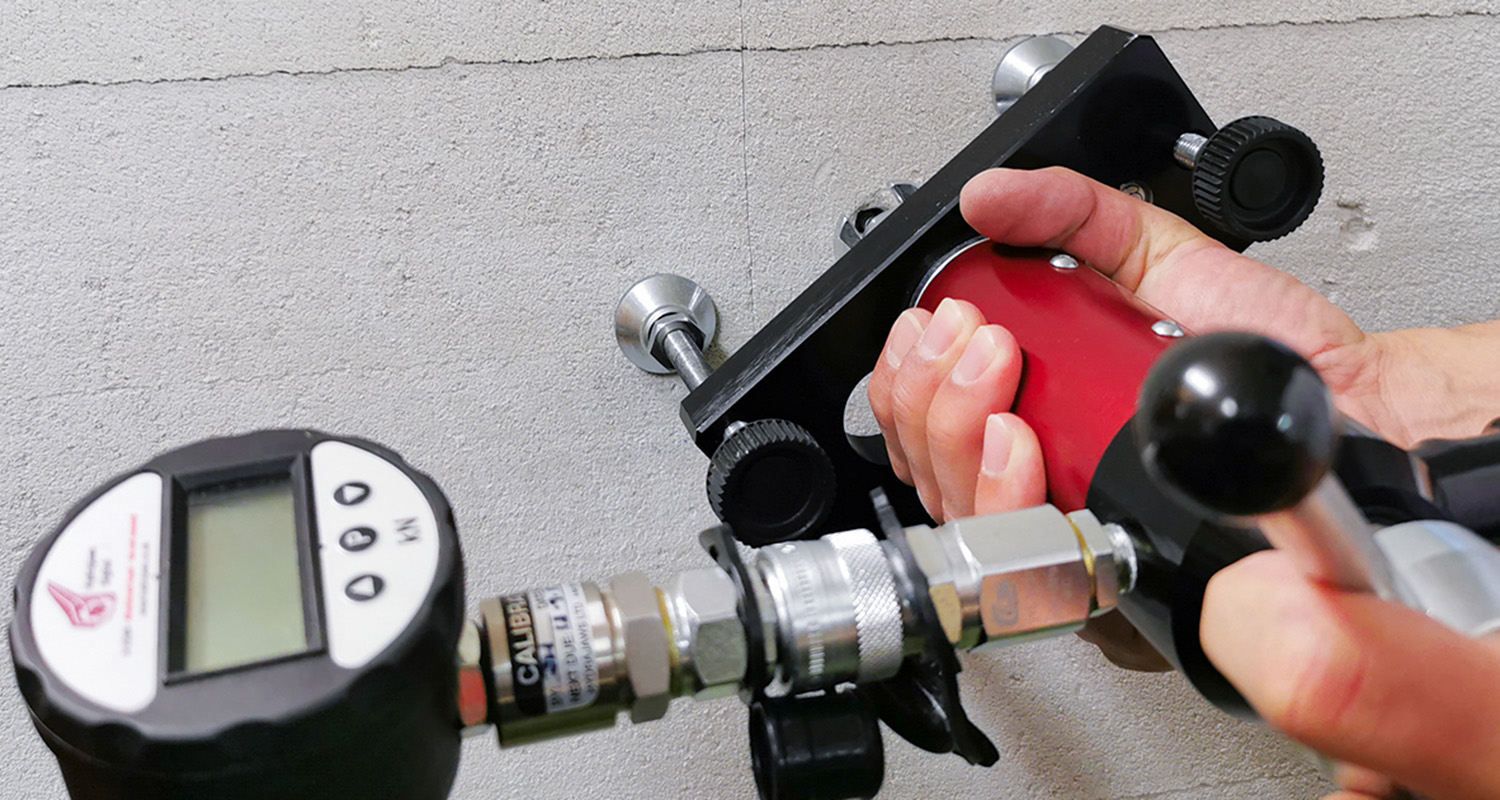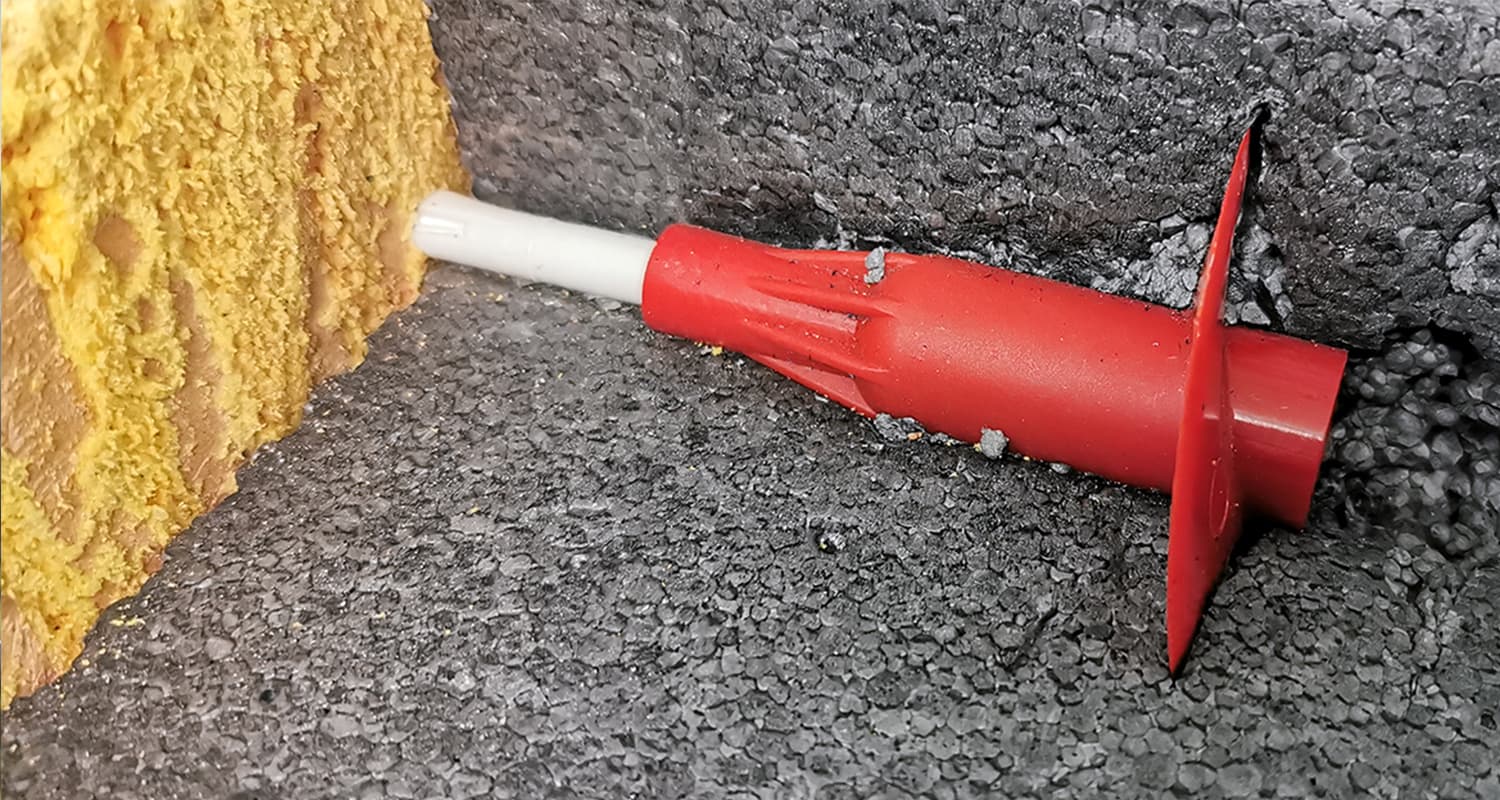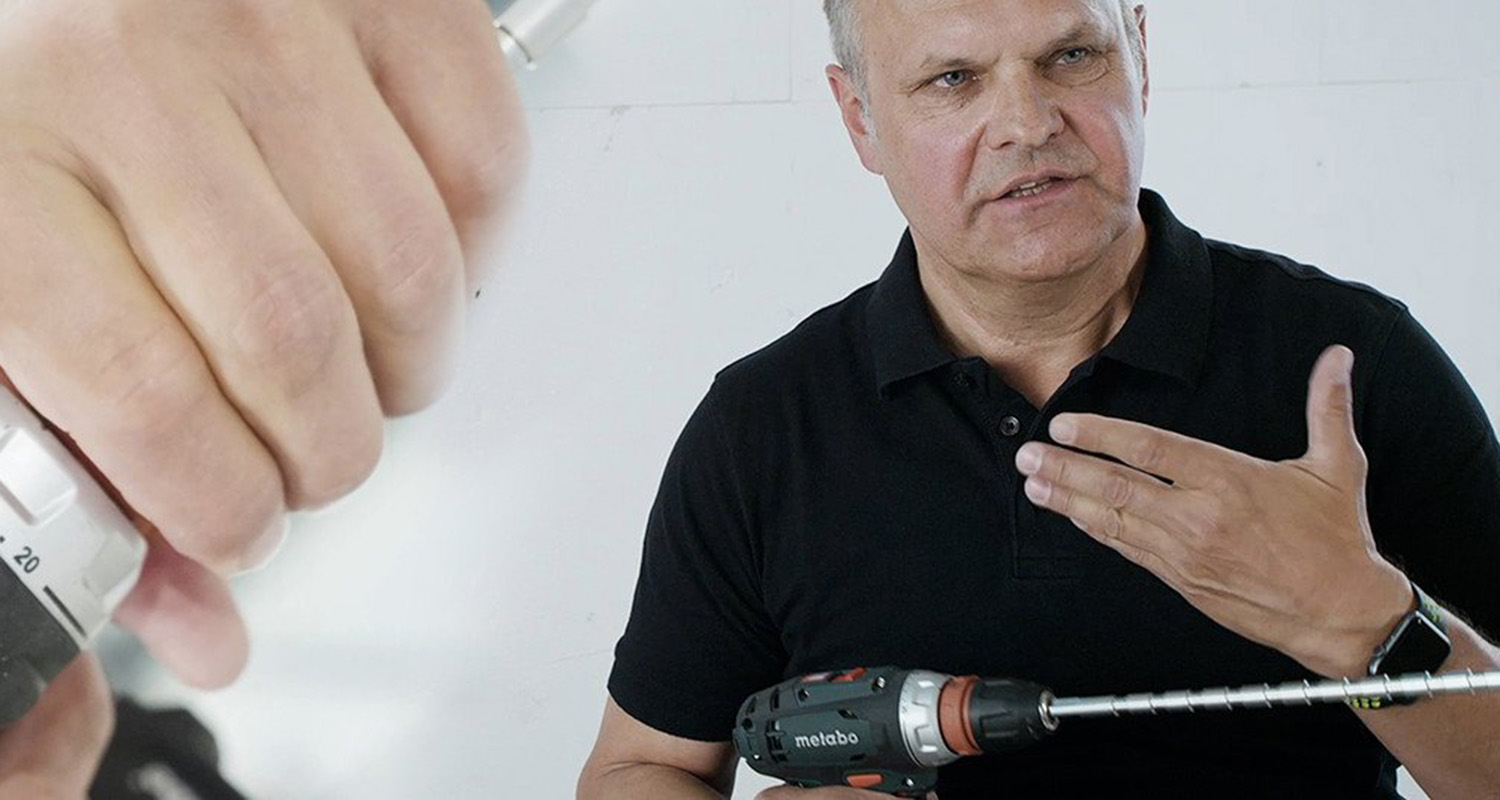While in glued and dowelled external thermal insulation composite systems anchors can be literally regarded as emergency anchors, in purely mechanical fastening systems the ETICS anchor takes on the function of an adhesive, carrying the entire load of the system. The mechanical force easily tolerates existing properties of substrate and wall surface, expanding the range of possible applications for insulation systems.
The type of fastening solution required for an external thermal insulation composite system depends largely on the system components and the façade surface’s condition. In DACH countries, glued and dowelled solutions as well as purely mechanical fastenings are used in addition to purely glued fastenings (see article: Why anchoring makes sense even for glued insulation façades). In mechanical fastening systems special ETICS anchors are used in general because they meet higher technical requirements than conventional anchors.
Mechanical fastenings can be applied irrespective of the condition of an old façade. This results in two significant advantages: On the one hand, the substrate does not require additional preparation because the substrate need not be adhering and the façade does not have to be flush in order to apply insulation materials. On the other hand, this has the advantage that insulation systems can be fastened even under difficult conditions and will be load-bearing also for uncommon applications.
Old render and uneven surfaces influence fastening
When renovating old buildings, adhesives require a façade that is free of foreign materials and at the same time dry and free of dust. Substrate spot checks provide information on the old render’s load-bearing capacity. These should be carried out on every side of the building across several floors. Essential procedures for checking the condition of a wall surface include a wipe test to check whether a surface is free of dust, checking for harmful efflorescence or chalking old coatings in addition to a scrape and scratch test, tapping test, and a wetting test. If the substrate no longer adheres to the old render, the old render becomes non-loadbearing. In such cases, loose elements must be removed and cavities in the old render chipped off.
| Example | |
|---|---|
| Leveling a façade: 50 tons of material for a 1000 m2 façade | |
| • Chipping off and disposing of 30 tons of render (20 mm) • Applying 15 tons of levelling plaster (10 mm) • Drying the levelling plaster. Theoretical rule of thumb: 1 day/mm • Applying 5 tons of adhesive |
In addition to the substrate’s load-bearing capacity, the façade’s unevenness plays a decisive role. Uneven surfaces occur not only in old buildings but can be the result of construction errors in new buildings. If an unevenness exceeds two centimetres per meter, the adhesive/anchor combination for the fastening of insulation boards will no longer suffice. Adhesive layer thicknesses in excess of 2 cm per meter will often result in loss of adhesion between substrate and adhesive. A possible measure is the use of levelling plaster to even out the impermissible unevenness. This measure can be avoided only if the ETIC system is fastened mechanically.
Unevenness < 1 cm: Only purely glued fastening permissible (bonded system)
Unevenness < 2 cm: The glued system requires additional dowelling
Unevenness > 2 cm: Mechanical fastening or levelling plaster
Unevenness > 3 cm: Mechanical fastening (Stellfuchs fastening system)
Mechanical fastening systems expand range of possible applications
Several application possibilities for insulation façades result from the advantage that mechanical fastening systems compensate for uneven surfaces and can tolerate non-adhering substrates:
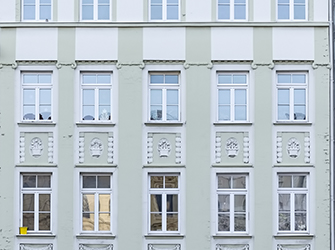

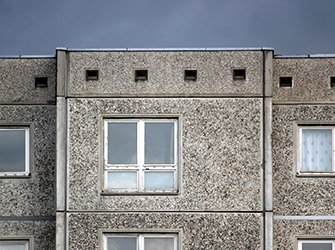
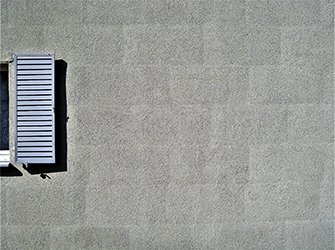
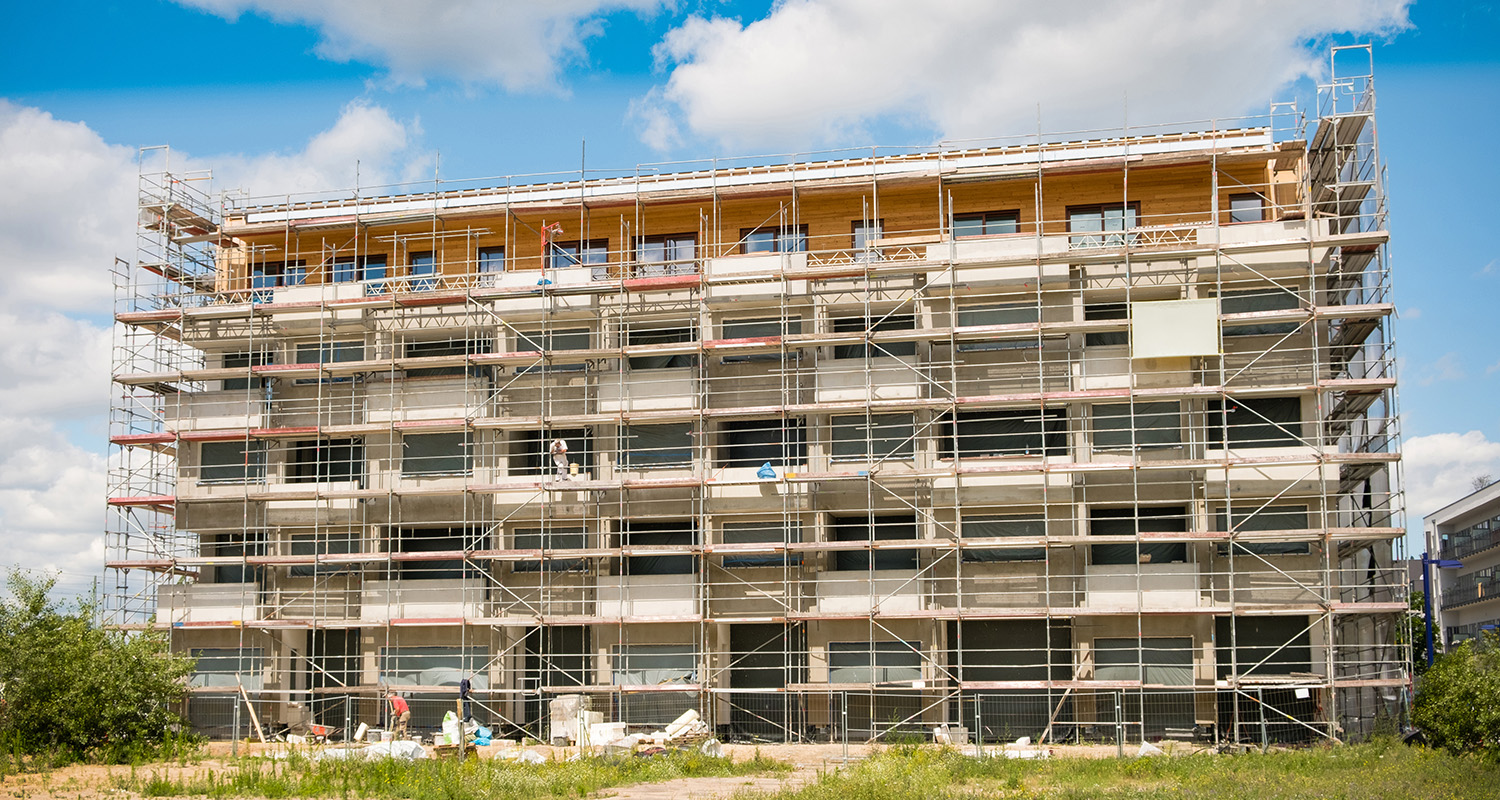

Listed buildings
Monument protection offices will approve a renovation of listed buildings only if the structure and historic murals, i.e. a building’s distinctive character, is preserved for posterity. Since mechanical fastenings can be deconstructed, they meet these requirements.
Mixed substrates (e.g. half-timbered buildings)
When wood is mixed up with mud, brick or other materials, the fastening of insulation boards on a façade becomes more complicated. The various surfaces amount to an inhomogeneous tear resistance for the adhesive, which is why mixed substrates are an ideal field of application for mechanical fastening systems.
Prefabricated buildings
The post-war era saw a rise in industrially manufactured prefabricated buildings. Over the decades, the motion between the prefabricated concrete slabs has resulted in unevenness between the slabs. The pebbled surface poses an additional difficulty in thermal renovation processes.
Doubling up
When doubling up, a builder makes use of the resources that already exist in the old insulation system. The old system need not be removed, providing thermal protection even if the system is no longer load-bearing. As is the case with all mechanical fastening systems, no levelling plaster needs to be applied (see article: Why deconstruct when there is a more economical and resource-friendly alternative?).
New buildings
In mechanical fastening systems, the distance between insulation material and substrate can be freely selected. In the UK, insurance company NHBC stipulates a cavity between insulation board and substrate to prevent damages to the insulation system in case of a water leakage.
Wood
Wood constructions are trendy, not least owing to their sustainability. The growing interest has increased the demand for mechanical fastening systems.
Environmentally-friendly constructions are becoming ever more important
Owing to their anchoring, mechanical fastening systems retain insulation boards in the substrate. Disengaging this connection enables the disassembly of an external thermal insulation composite system years after its installation. The option of deconstructing a system is the first step towards the homogeneous recycling of construction materials, taking up the call for environmentally conscious building. System suppliers Sto (StoSystain) and Weber (weber.therm circle) have already presented to experts first systems that plan to carry out deconstructions using homogeneous waste separation.

